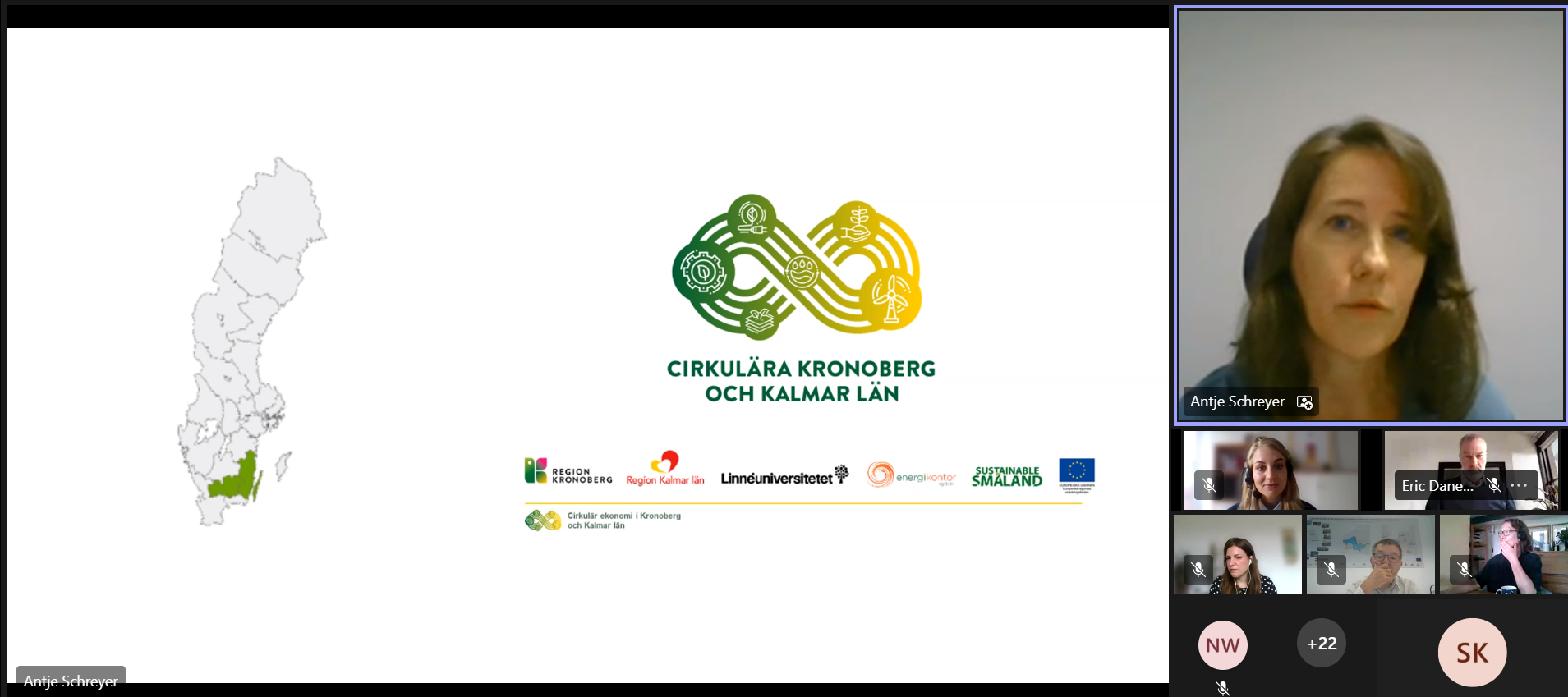Together we can make the transition to a circular building sector happen
 How can cities and regions support a more circular building sector? That was the question discussed during a breakfast webinar we organised this morning together with Gothenburg European office. There was not one single answer to the question, but one important factor for accelerating the transition is to learn from each other’s achievements instead of reinventing the wheel. As we can conclude from the three examples presented, there is a lot happening in cities and regions already.
How can cities and regions support a more circular building sector? That was the question discussed during a breakfast webinar we organised this morning together with Gothenburg European office. There was not one single answer to the question, but one important factor for accelerating the transition is to learn from each other’s achievements instead of reinventing the wheel. As we can conclude from the three examples presented, there is a lot happening in cities and regions already.
The reason why we gathered to discuss this topic is simple. If the EU is to achieve its target of becoming climate neutral by 2050, we must move from a linear economic model to become circular. This is especially crucial in the building sector, which is responsible for around 40% of the energy consumption within the EU, and 36% of the greenhouse gas emissions from the energy sector. The building sector is also responsible for a considerable part of waste generation in the union.
The EU has put forward several ambitious initiatives that support the transition to a circular building sector. These initiatives include the EU Action Plan for a Circular Economy, the Renovation Wave, the New European Bauhaus and the framework for life-cycle assessments of buildings Level(s). Josefina Lindblom from the EU-commission gave us a good insight to Level(s), which we can expect to see more of in coming EU-policy initiatives, such as taxonomy, energy performance of buildings and green public procurement criteria. It is therefore of interest for our regional actors to look further into Level(s). You can find her presentation here.
Regions and cities have a crucial role in the transition to a circular economy and the implementation of these EU initiatives. During the webinar, we got insight to three different, but complementary, examples from local and regional level.
- Nina Wolf shared how the City of Gothenburg will share their experience of public procurement as a tool for increased circularity of buildings and increased use of circular working methods. You find the presentation here.
- Antje Schreyer shared how Region Kalmar County and Region Kronoberg have collaborated with private and public actors in the building sector to unleash and develop innovative ideas for circular solutions. You find the presentation here.
- Eric Danesse and Christophe Bolot shared how Lille Metropole as part of their strategy on circular economy has collaborated with La Meta, an economic interest group of social housing companies, dedicated to the re-construction of vulnerable districts. You find the presentation here.
If you are interested in cooperating on the topic of sustainable and cicular buildings or want more information about any of the presentations, contact Linda at Småland Blekinge Halland South Sweden.
